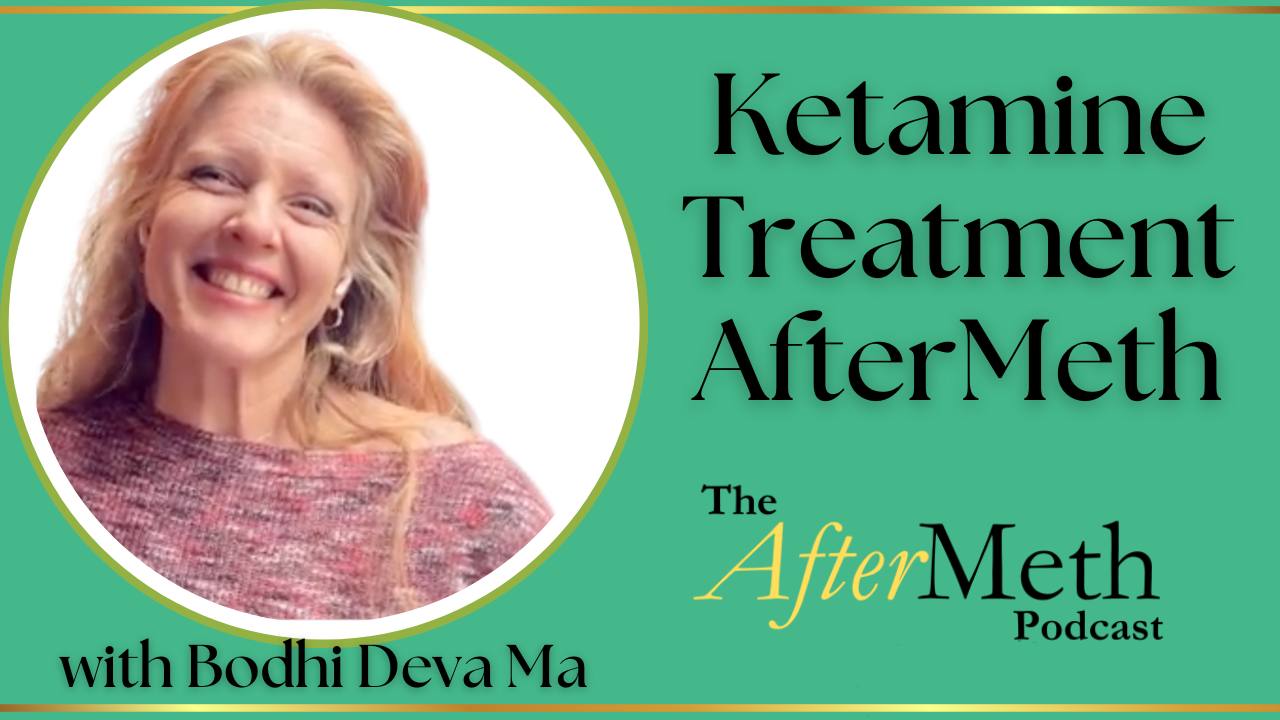Chemsex Cravings Management

Introduction
Cravings are a normal part of the recovery journey, not a sign of failure or weakness.
This week's podcast is chock-full of value that I know will help people all over the world manage cravings in a whole new way.
Anytime I get together with Andrew, the juiciness flows between us, and I'm happy we recorded it this time!
I hope you enjoy it! And don't forget to share it with a friend.
Listen to the podcast HERE.
Watch the podcast HERE.
Part 1: Reframing Your Relationship with Cravings
Key Points:
-
Normalize cravings: Cravings are an expected part of recovery, not evidence that you're failing or doing something wrong. Everyone in recovery experiences them at various points, even years into sobriety.
-
Personify your cravings: Try thinking of your cravings as characters in your mind, similar to the emotions in the movie "Inside Out." This helps you create some distance and observe them more objectively.
-
Become a "healthy observer": Instead of being "blended" with your cravings and controlled by them, practice stepping back and watching them with curiosity. This shift in perspective gives you more choice in how you respond.
-
Approach with compassion and curiosity: Rather than reacting with fear, shame, or self-criticism when cravings arise, bring an attitude of gentle curiosity. Ask: "What might this craving be trying to tell me?"
-
Identify the messages behind cravings: Cravings typically point to unmet needs or emotions that require attention. By listening to these messages, you can address the root causes of your substance use.
Reflective Question:
If your craving had a voice, what would it sound like and what would it be saying to you?
Journal Prompt:
Write about a recent craving in present tense, as if it's happening right now: "I am at [location]. I feel a craving rising in my [body part]. My first thought is..." Continue exploring the physical sensations, thoughts, and emotions as they unfold.




